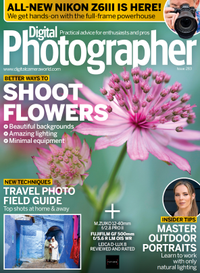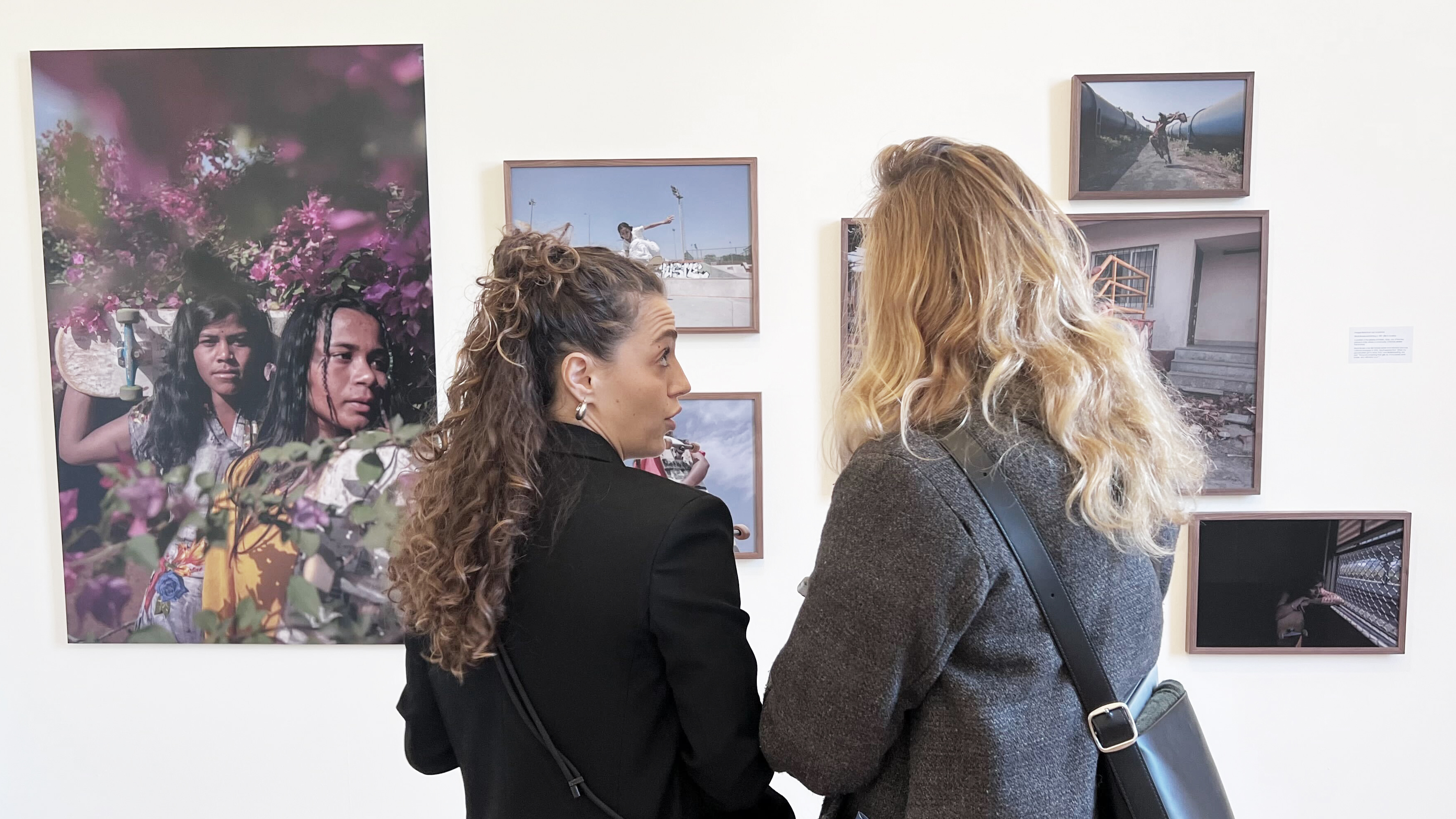Minimalist photography doesn’t require top-notch equipment, I use a Canon DSLR and a Xiaomi phone
Sara Goli on her award-winning minimalist monochrome images and creating a perfect blend of the real and abstract worlds
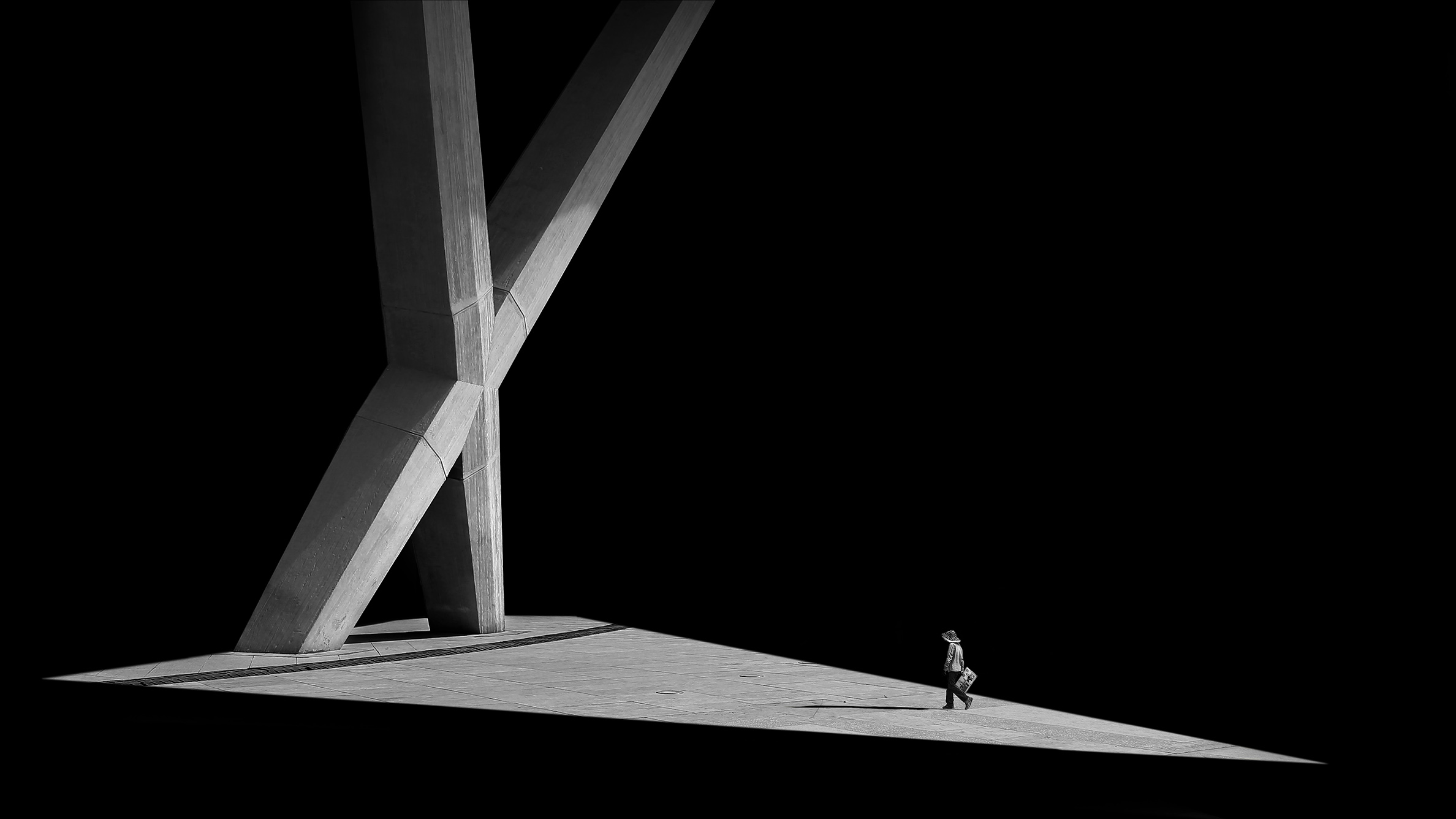
The art of minimalistic photography, featuring images that are distinguished by their simplicity, has long been a popular genre. The emphasis on sparse compositions that avoid excessive color, patterns and information can often create surreal frames that demonstrate a different perspective from our everyday experiences.
The absence of color in this genre means that the focus of minimalistic images often lies in monochromatic gradients, which create a concentration of form, shapes and material characteristics of subjects. The importance of composition as well as the placing of light and shadow are important in achieving this look and all these elements come together to create surreal and potentially abstract frames.
Integrating human subjects into the composition is an effective way to bridge
the gap between a real-world impression and a minimalistic image. This is a strategy that Iranian-born photographer Sara Goli follows to create mesmerizing frames with a lasting impression and a story to tell. While a minimalistic photograph doesn’t usually consist of a large number of elements, the precision and thoughtfulness in placing those are important.
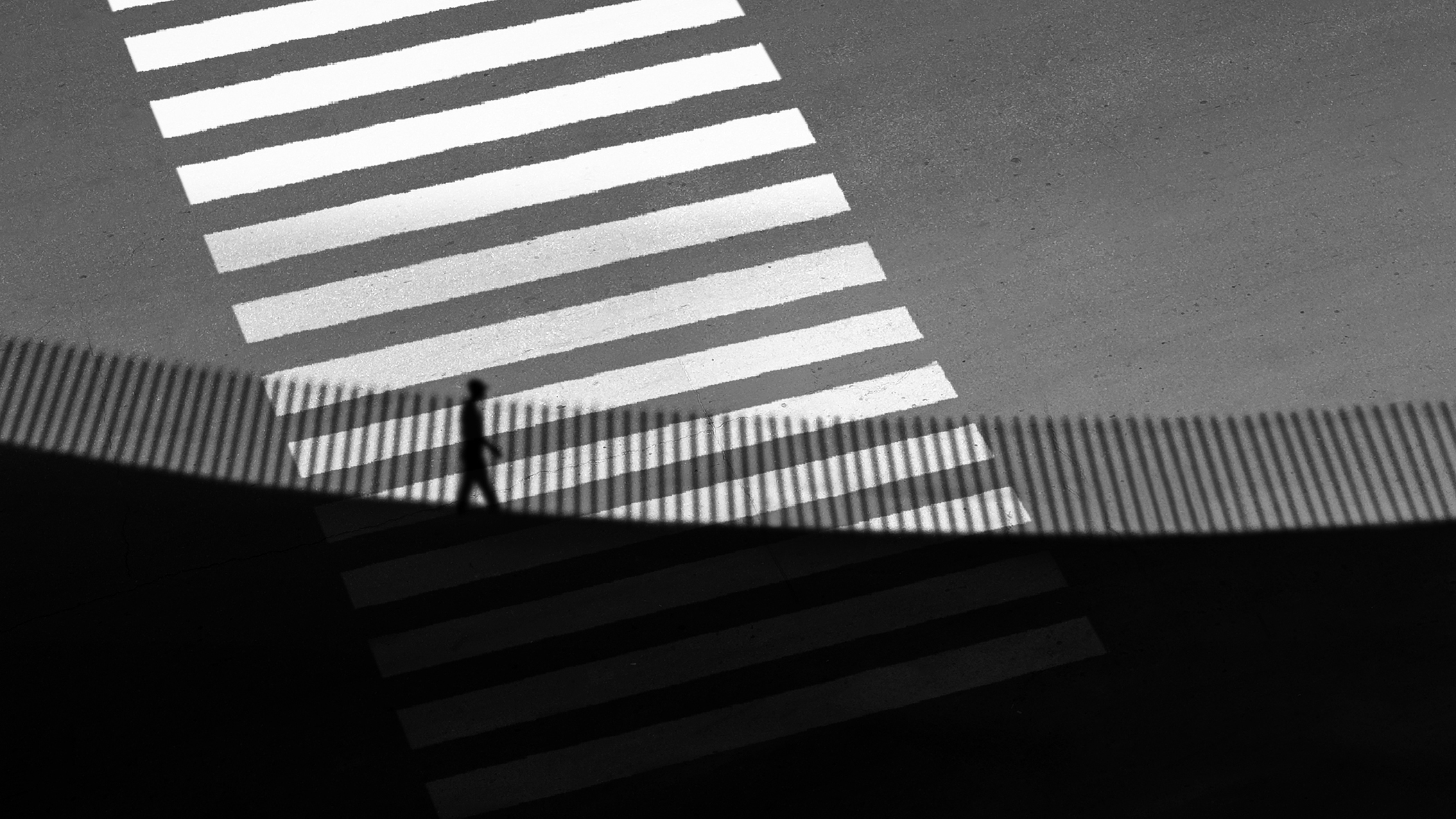
Along with a human subject, Sara usually includes negative space in her images. Here, we should differentiate between the so-called active negative space and dead negative space. Sara creates the former to direct the viewer’s gaze towards further elements in the frame to underline the impression of the shot or contribute to the mysterious feel of her photographs. By taking all of this into account, she creates frames that alter our perception of reality, thanks to her keen eye and feel for balancing light and handling contrast while effectively composing the frame.
We spoke to Sara to discuss the challenges she has had to overcome while working in Iran in a genre that has traditionally been populated by male photographers. She also explains how she uses her camera to highlight topics such as the Iranian women’s resistance movement of the past few years.
Interview
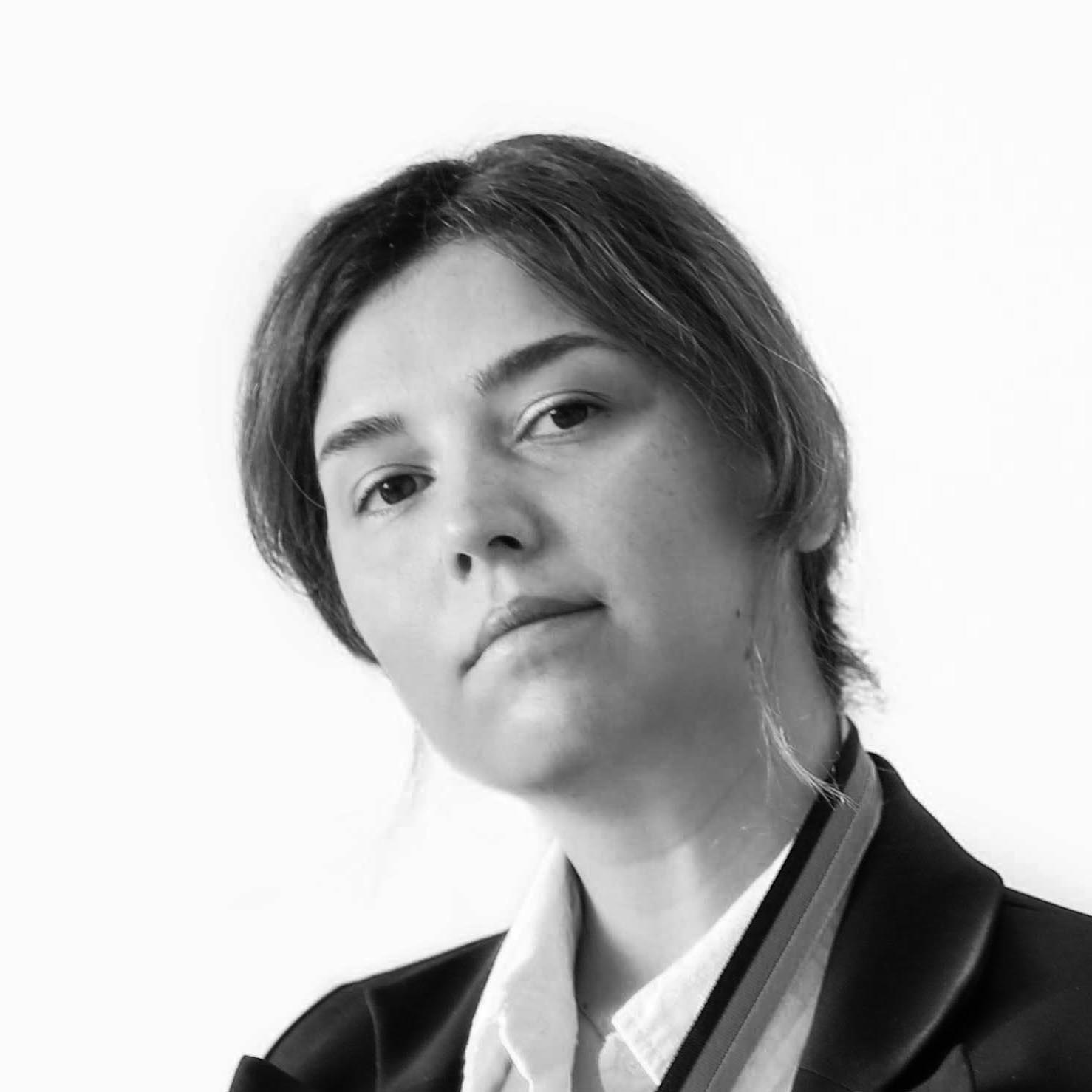
Born in Iran in 1989, Sara Goli is a fine art and minimalist photographer with five years of professional experience. Her works are characterized by their simplicity, beauty and depth, and have garnered international recognition. Sara’s photographs have been showcased in many international publications and she has been the recipient of over 45 international photography awards.
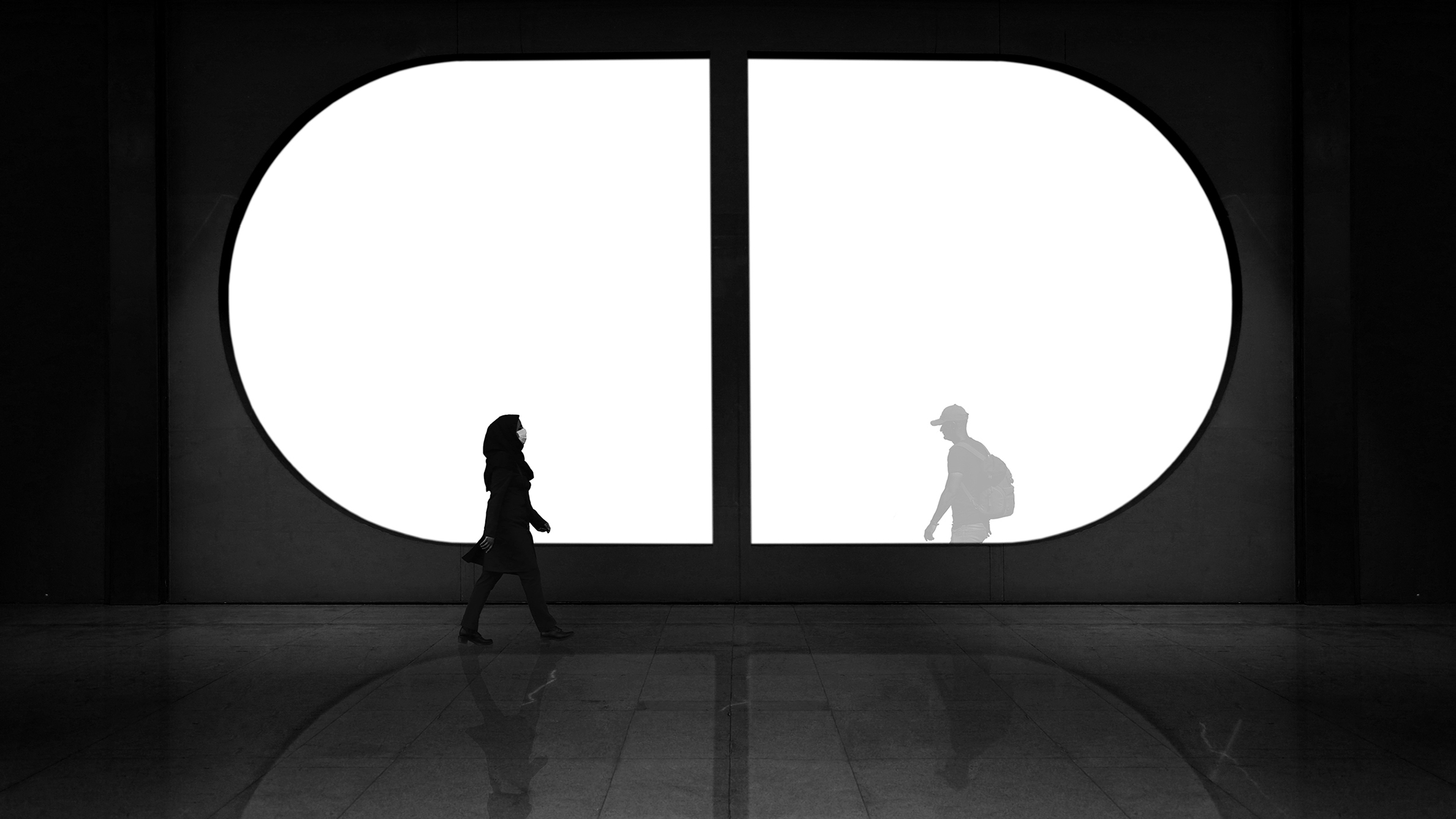
Hi Sara, how did you become interested in minimalistic B&W photography, and what drew you to this particular style?
I’ve always been drawn to the simplicity and elegance of forms. Black-and-white photography allows me to focus on the essence of a subject, stripping away distractions and revealing its underlying structure. The stark contrasts and tonal range of black-and-white photography have a profound emotional impact on me and I strive to evoke similar feelings in my viewers.
Is there a particular project that holds special meaning for you?
My ‘Corona and Minimal’ series was a turning point for me. I spent months wandering the deserted streets of my city, capturing the quiet beauty of abandoned buildings and forgotten corners. This project helped me to develop my minimalist style and explore themes of isolation and transience. These photographs were taken during the COVID-19 pandemic when I sought to capture the stillness and solitude of the city. My aim was to create images that were documentary in their nature but in a minimalist and fine-art style.

How do you approach the issue of finding subjects to photograph in a minimalist style?
I find inspiration in the everyday. I’m constantly looking for patterns, shapes and textures that can be transformed into minimalist compositions. I often use negative space to create a sense of balance and harmony within my images.
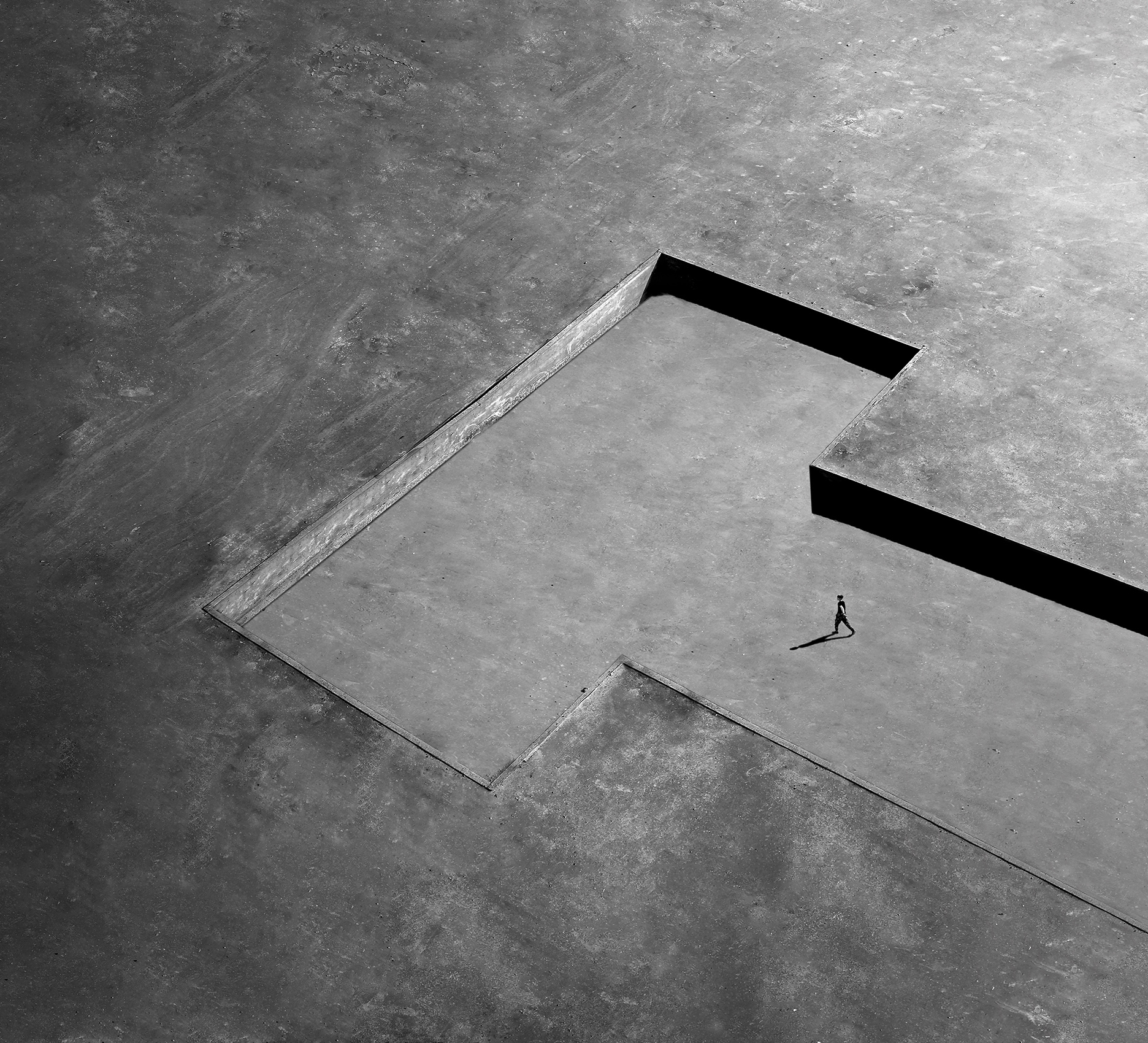
What role does storytelling play in your work?
While my work is often minimalist, I believe that every photograph tells a story. I try to evoke emotions in my viewers by creating a sense of mystery or intrigue. By carefully considering the composition, lighting and subject matter, I aim to create images that resonate on a deep level.
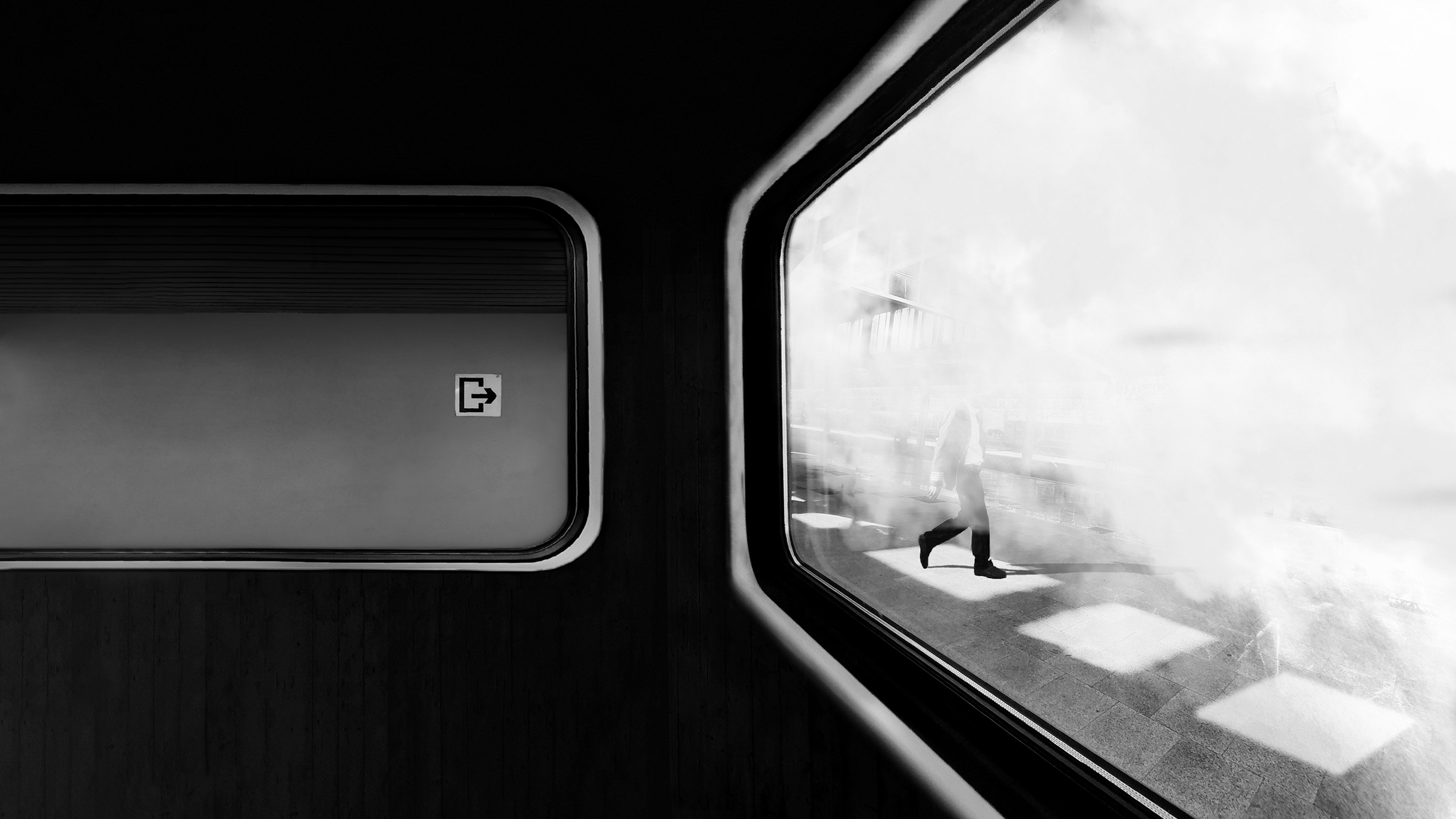
What message or feeling do you hope to convey through your imagery?
I want my photographs to invite viewers to slow down and appreciate the beauty of the ordinary. I hope to create a sense of tranquillity and contemplation, encouraging viewers to connect with their own emotions and experiences.
Who are some of your biggest influences or inspirations?
I’ve been greatly inspired by the work of American photographers, including Ansel Adams, Minor White and Edward Weston. Their ability to capture the essence of a place or an object with such simplicity and elegance is truly inspiring.
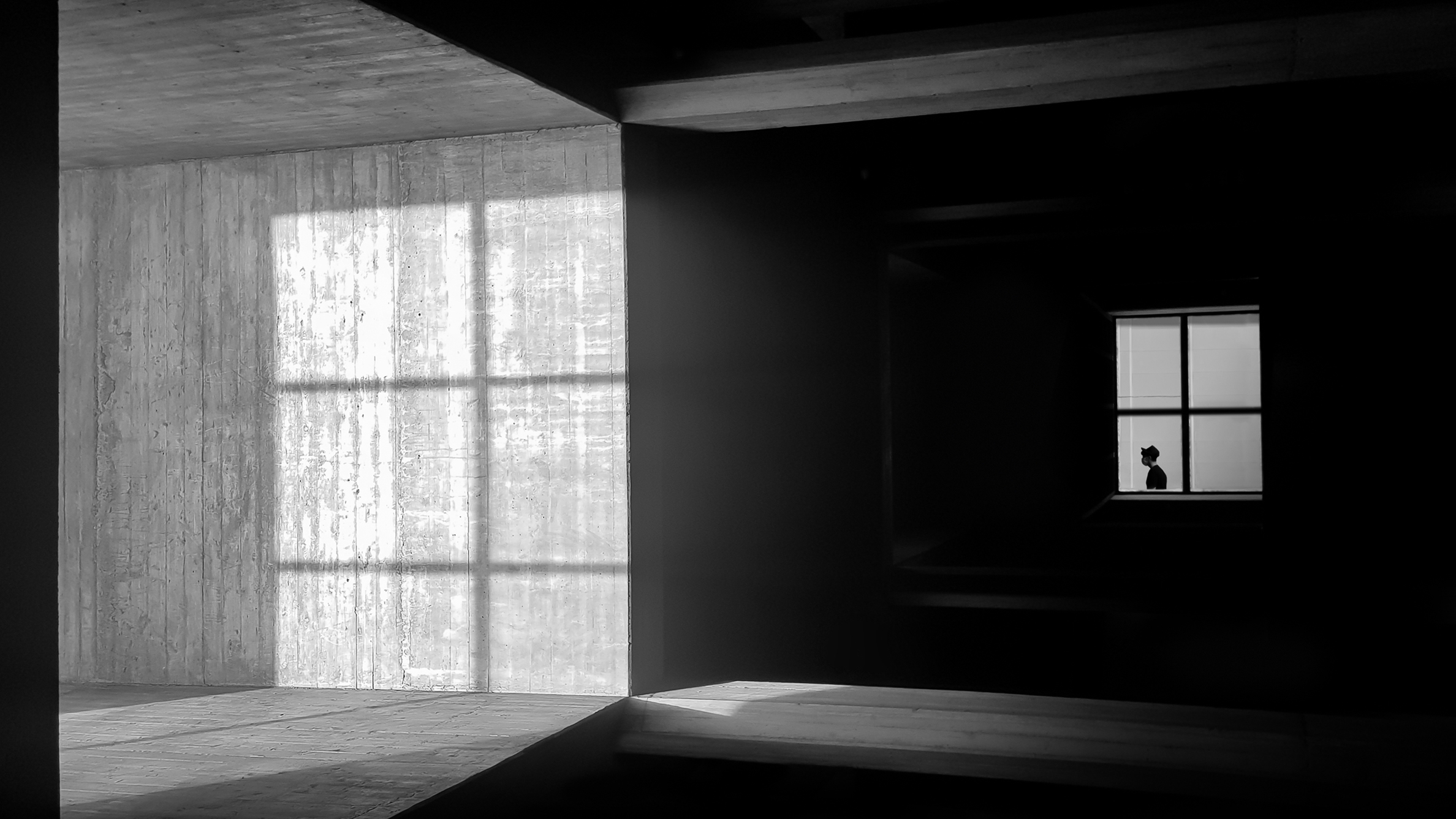
Is your kit as minimalist as the genre you are photographing?
Minimalist photography doesn’t necessarily require top-notch equipment; all you need is a keen eye, a little creativity and a basic understanding of editing – you can even capture stunning minimalist shots with your smartphone. The minimalist approach seeks simplicity, even in the editing process. I work with the Xiaomi 12lite, a Canon EOS 6D DSLR and a Canon EF 24-105mm f/4L lens.
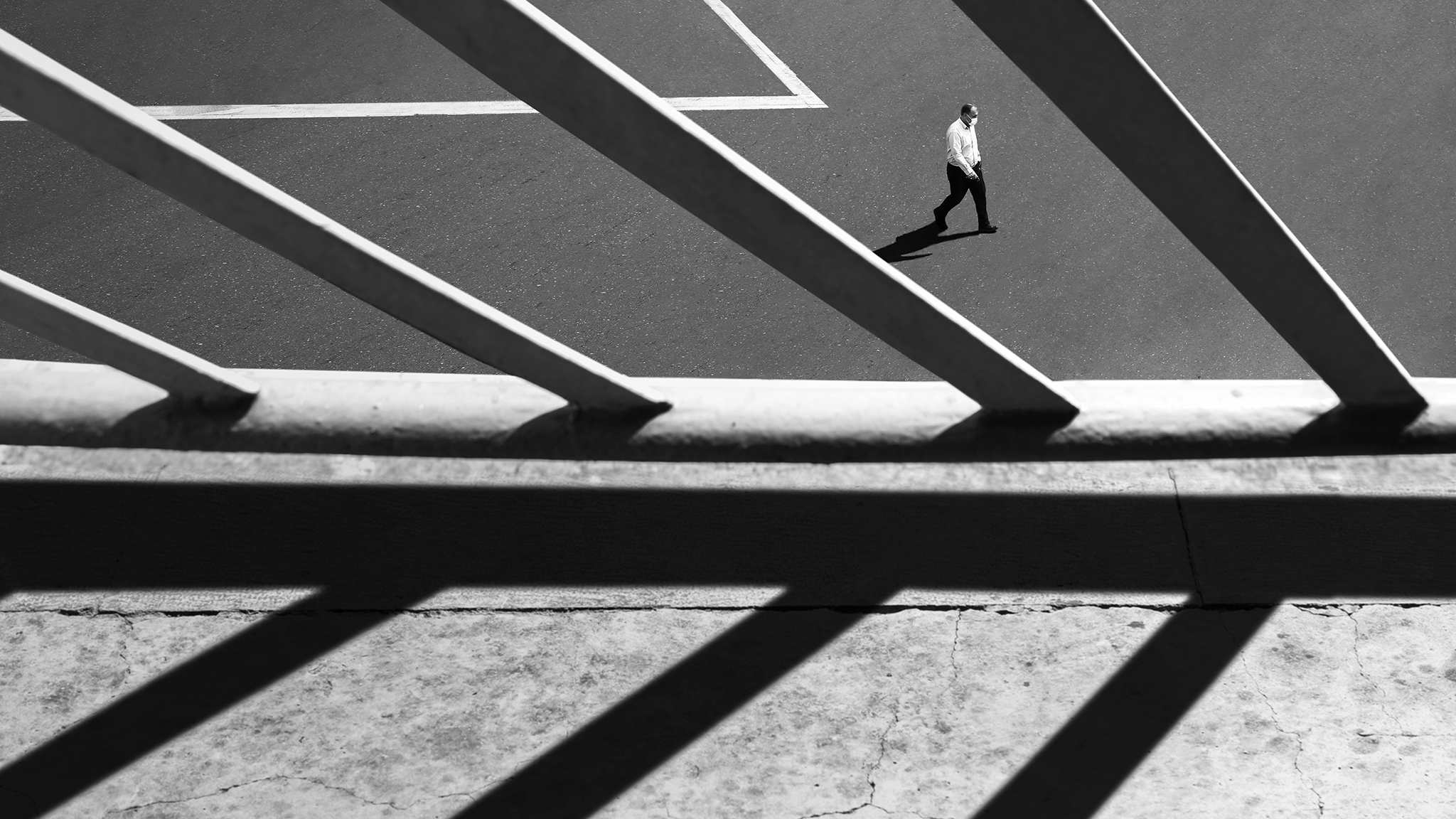
What has been the proudest moment in your career so far?
One of my proudest moments was when my work was selected for the Xposure exhibition at a prestigious gallery. It was a validation of my artistic vision and a testament to the power of minimalist photography. As my works were exhibited alongside those of renowned American photographers, such as Steve McCurry and James Nachtwey – and they were selected by photography luminaries for inclusion in this biennial collection – it was
a truly significant honor.
How do you see your work evolving in the future?
I’m excited to continue exploring the possibilities of minimalist photography.
I’m particularly interested in experimenting with different materials and techniques to create more tactile and immersive experiences. I also hope to collaborate with other artists and designers to create multidisciplinary projects.
Get the best magazine for enthusiast and pro photographers delivered to your door or device with a subscription to Digital Photographer. Learn the hottest photo trends and techniques while getting essential advice on earning cash from your photography.

Get the Digital Camera World Newsletter
The best camera deals, reviews, product advice, and unmissable photography news, direct to your inbox!

Kim is the Staff Writer on Digital Camera World, and formerly Technique Editor at Digital Photographer, focusing on the art and science of photography. With a Master’s degree in Photography and Media, she is driven to educate through an analytical approach, visually and technically. With her guides and tutorials, Kim seeks to uncover new facets of this time-honoured medium and foster a deeper understanding of its profound role in culture. Kim highlights topics that resonate with modern society, including women in photography and critical issues such as environmental conservation. She also discusses and reviews camera gear, giving you an overview to find the best fit for your photography journey.
